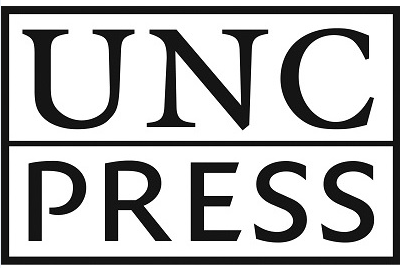Oratory emerged as the first major form of verbal art in early
America because, as John Quincy Adams observed in 1805, "eloquence
was POWER." In this book, Sandra Gustafson examines the multiple
traditions of sacred, diplomatic, and political speech that
flourished in British America and the early republic from
colonization through 1800. She demonstrates that, in the American
crucible of cultures, contact and conflict among Europeans, native
Americans, and Africans gave particular significance and complexity
to the uses of the spoken word.
Gustafson develops what she calls the performance semiotic of
speech and text as a tool for comprehending the rich traditions of
early American oratory. Embodied in the delivery of speeches, she
argues, were complex projections of power and authenticity that
were rooted in or challenged text-based claims of authority.
Examining oratorical performances as varied as treaty negotiations
between native and British Americans, the eloquence of evangelical
women during the Great Awakening, and the founding fathers' debates
over the Constitution, Gustafson explores how orators employed the
shifting symbolism of speech and text to imbue their voices with
power.

